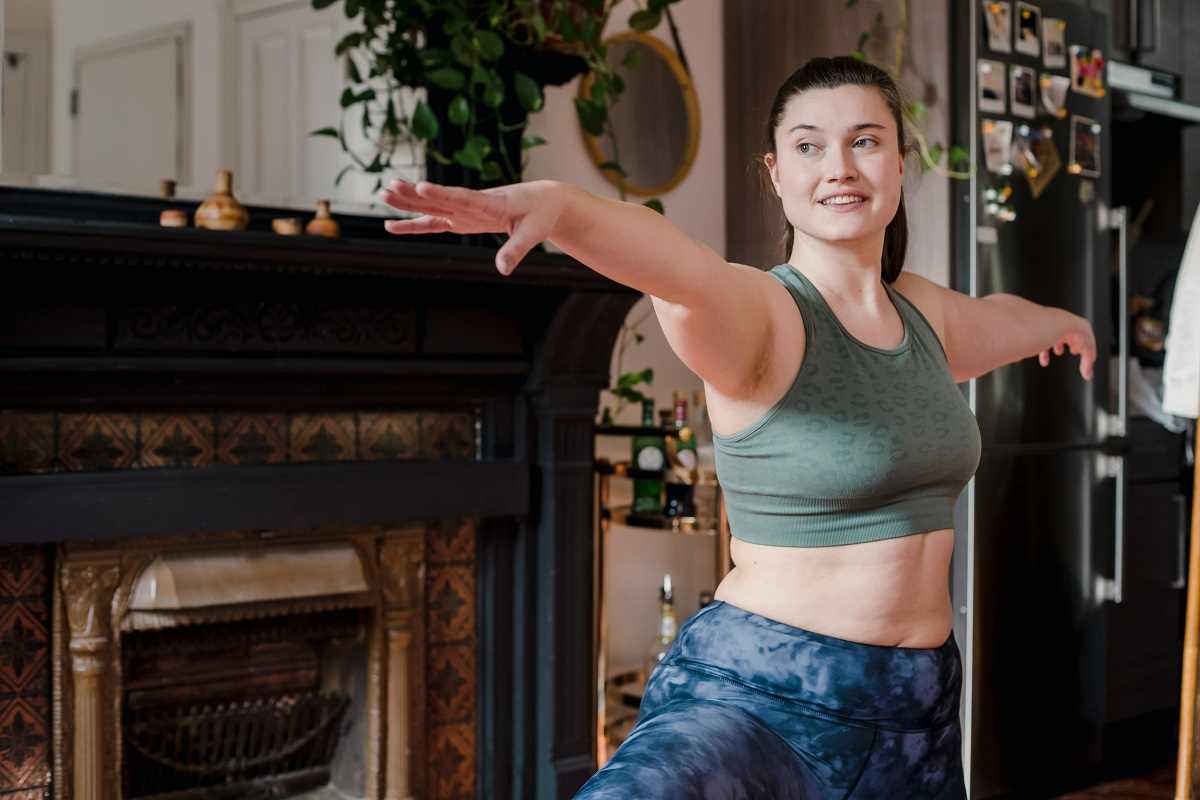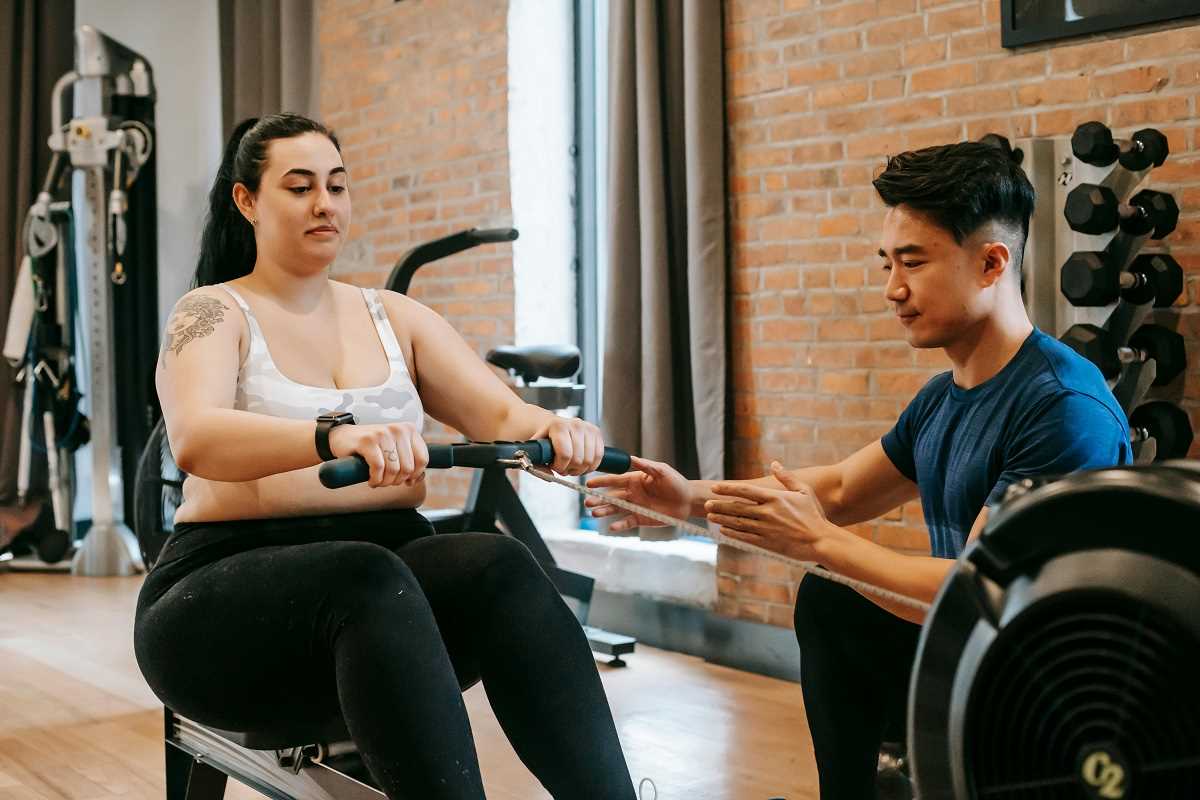If you’re a stay-at-home mom who’s been consistently following a moderate workout routine, first of all—bravo! Carving out time for self-care when the demands of family life never pause is no small feat. But now, you’re eyeing those next steps. Maybe you’re thinking, “I’ve mastered these 30-minute walks and bodyweight squats—what’s next?” Transitioning from a moderate fitness routine to a more advanced plan can be exciting, but it also takes careful consideration to do it safely and sustainably.
Rushing into advanced workouts without preparation can lead to burnout, frustration, or even injuries. With the right strategies, you can level up your fitness routine while protecting your body and ensuring long-term success. Here’s everything you need to know about moving forward with confidence.
Why the Jump is Worth It
Transitioning to more advanced workouts isn’t about pushing yourself into exhaustion or setting unrealistic goals. It’s about unlocking your potential and challenging your body in new ways. Advanced workouts can:
- Boost strength and muscle tone: Not only will you feel stronger, but you’ll notice a difference when lifting kids, groceries, or even furniture!
- Increase energy levels: A more intense routine can stimulate your body and mind, leaving you feeling more energized throughout the day.
- Break through plateaus: Stuck in a fitness rut? Advanced exercises can ignite your progress and deliver exciting results.
- Nurture mental health: Taking time for challenging workouts is a form of self-investment. Progressing builds confidence and resilience—muscles for your brain, not just your body.
But remember, anyone can “jump” into more intense workouts. Real growth comes when you transition thoughtfully.
Start Slow—You Don’t Have to Be a Supermom Right Away
It’s natural to feel tempted to leap straight into that high-intensity fitness video you bookmarked last week. While motivation is great, it’s critical not to push too hard, too soon.
Think of your fitness progression like climbing a ladder. You wouldn’t skip five rungs at once—because the higher you climb without support, the greater the risk of falling. The same applies to your body.
Take it one step at a time:
- Assess where you are now. Are you comfortably completing your current moderate routine? Does it feel too easy, or do you finish feeling challenged but not drained? If your body has adapted to the usual exercises without soreness or fatigue, that’s your signal to progress.
- Add intensity gradually. You can make a workout “harder” in small steps by increasing the weight, reps, duration, or speed. For instance, add five-pound dumbbells to bodyweight exercises or turn a brisk 30-minute walk into a jog for the last 10 minutes.
Patience may not sound glamorous, but it’s your best friend when advancing any fitness plan.
Listen to Your Body—It’s Smarter Than Any App
One of the simplest yet most powerful tools in your fitness toolkit is awareness. Pay attention to how your body responds to new challenges. If you’re experiencing:
- Mild muscle soreness: This is completely normal when upping intensity. It signals that your muscles are adapting to the new workload.
- Sharp, stabbing pain: Stop immediately! Pain is your body’s red flag, telling you to adjust or back off. Never push through it.
Recovery also plays a vital role in listening to your body. Advanced workouts demand more from your muscles, so they’ll need extra time to rebuild. Incorporate rest days and prioritize sleep (because yes, sleep is crucial for your fitness, too!).
Pro tip: Hydration and good nutrition—think lean proteins, fruits, and veggies—will speed up recovery and ensure your body has the energy it needs for progress.
Master the Foundations Before Moving On
Advanced plans often include dynamic exercises—like burpees, deadlifts, or plyometric jump squats—that require excellent form. Practicing the basics ensures your body handles these moves safely.
Spend time refining foundational movements such as:
- Squats: Your knees should stay aligned with your toes, and your back flat like a table.
- Planks: Keep your core engaged, shoulders stacked over wrists, and hips level with your back—no “tenting” up or sinking down.
- Lunges: Step forward far enough that your front knee stays directly over your ankle.
Perfecting technique before adding intensity is like learning to walk before you run. You’ll move with confidence and avoid unnecessary injuries.
Not sure if your form is correct? Consider filming your movements to compare with instructional videos or scheduling a session with a trainer. Many fitness apps even offer feedback tools.
Mix It Up to Stay Engaged
Nothing kills enthusiasm faster than repetitive routines. Transitioning to advanced workouts is the perfect time to try something fresh. Variety keeps your workouts fun and challenges different muscle groups, fostering well-rounded fitness. Here are some ideas:
- Interval Training: Also known as HIIT (high-intensity interval training), this style alternates bursts of intense exercise with periods of rest. It’s efficient and perfect for moms on tight schedules.
- Strength Training: Start with light to moderate weights, focusing on controlled movements. Add resistance bands for an extra challenge.
- Yoga or Pilates: Don’t underestimate the intensity of these mind-body workouts. They build strength, balance, and flexibility while providing breath-centered relaxation.
- Online Fitness Classes: From Zumba to boxing, digital platforms offer every type of class imaginable. Find something that excites you!
Your new fitness plan doesn’t have to mean sweating in solitude. Explore options with a fitness buddy or join a supportive online group to build accountability.
Celebrate the Wins—Even the Little Ones
Progress looks different for everyone. Whether it’s mastering a push-up or jogging an extra mile, celebrate your milestones! Recognizing your achievements, no matter how small they seem, helps build the confidence to continue.
Track your progress through:
- A fitness journal (note how you feel and what exercises you’re adding).
- Taking photos to visually document changes over time.
- Setting measurable goals, like holding a plank for 30 seconds longer or running an additional half mile next month.
Fitness isn’t just about where you’re headed—it’s about how far you’ve come. Remember to acknowledge your efforts along the way, especially on those chaotic days where fitting in even 15 minutes feels like a superhuman feat.
When to Seek Guidance
Fitness doesn’t have to be a solo mission. If you’re unsure where to start or hesitant about progressing safely, professional guidance can be a game-changer. Personal trainers and virtual coaches are great resources for tailored advice and motivation.
Another option is to use accessible online tools like beginner-to-intermediate transition programs or apps designed specifically for moms juggling busy lives.
Becoming stronger, fitter, and more confident through advanced training doesn’t demand perfection—it demands consistency. Life as a stay-at-home mom is unpredictable, but the beauty of fitness lies in its flexibility. Whether you’re exercising during nap times, with kids playing nearby, or squeezing in quick sessions before dinner, every step forward matters.
 (Image via
(Image via





